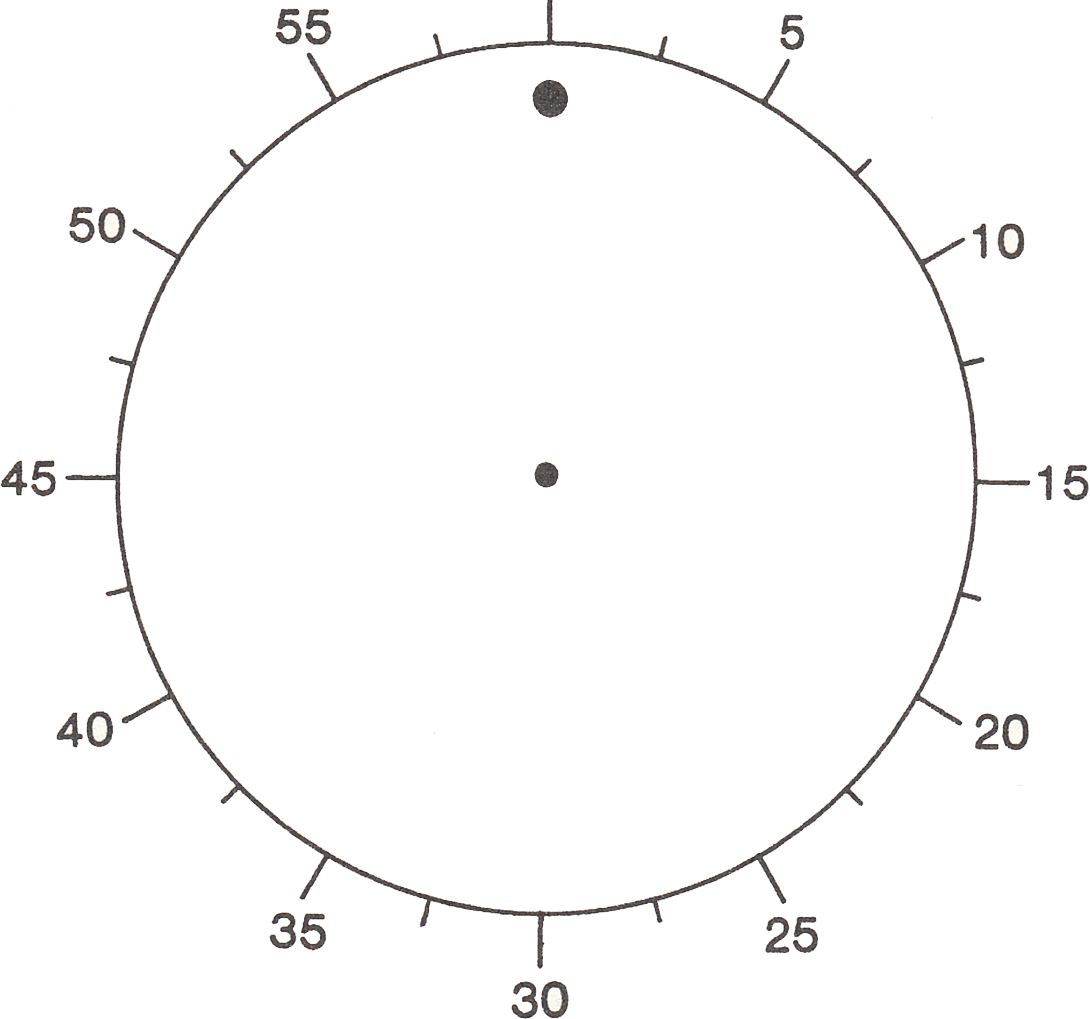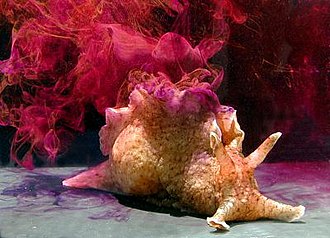- Dr. Robert Sapolsky: Science of Stress, Testosterone & Free Will
- Robert Sapolsky: The Illusion of Free Will - The Origins Podcast
Determined: A Science of Life without Free Will
we are nothing more or less than the cumulative biological and environmental luck, over which we had no control, that has brought us to any moment. we cannot “show a neuron (or brain) whose generation of a behavior independent of the sum of its biological past” (there is no room for free will). Good and bad luck do not balance out in the end.
First part. A seamless continuum -
- Where did that intent come from ?. Intention making has strong relation to free will (if exist).
- PFC (the prefrontal cortex). Think about decision making, investigate PFC.
- CHAOS. Can chaos linked to free will ?
- Emergent Complexity. Can free will be built from emergent system ?
- Quantum Indeterminacy.
Second part. how are we supposed to function without free will (could make the world a better place).
- If people stopped believing in free will, would there be amoral chaos?
- If there is no free will, how does anything ever change?
- We can change: We can subtract responsibility out of our view of aspects of behavior. And this makes the world a better place.
- The criminal justice system & Quarantine model
- Some people had bad luck
1. Where did that intent come from ?
Seamless :

- Libet’s experiment (though EEG, fMRI, individual neurons monitoring):
- The subject showed unconscious activity to flex about 350 milliseconds before reporting conscious awareness of the decision to flex.
- Neurons in the hippocampus were activated 1~2 seconds before.
- PFC (the prefrontal cortex) was found activated ten seconds before.
- some neurons activated in preparation for a particular movement decision seconds before subjects claimed they had consciously decided.
- problems : conscious intention vs consciousness of intention. intending vs having an intent. wanting vs intending, etc.
- Seconds before: sensory information coming from our bodies (i.e. interoceptive sensation).
- Minutes to Days before: the levels of hormones in the blood stream and the levels and variants of their receptors in the brain.
- Testosterone : make preexisting patterns more likely to happen, less generous and more self-centered.
- Oxytocin (催產素), Vasopressin (抗利尿激素) : enhance mother-infant bonding in mammals (O) (and in males - V). decrease excitability in the amygdala - less aggressive and calmer. Monogamous species.
- Glucocorticoid (糖皮質素) alter the brain during stress.
- Weeks to Years before: neuroplasticity - brain and body change in response to experience over longer periods.
- Adolescence:
- delayed frontal maturation - PFC the brain region last shaped by genes and most shaped by environment.
- long lasting changes in gene expression.
- Genes: gene/environment interactions - genes are turned on and off by environment.
- Cultures: historical and ecological circumstances. Tilt the brain construction (to fit cultures), then pass its values to the next generation.
- east-west comparison. collectivist-individualist cultures comparison.
In order to prove there is free will, you have to show that some behavior just happened out of the thin air in the sense of considering all these biological precursors. … Free will can exit only if neurons’ actions are completely uninfluenced by all the uncontrollable factors that came before.
Misunderstanding :
- Self-formation (Robert Kane) : How did you get to be the kind of person you now are?
- Second-order free will (Peter Tse) : free will now - who you are going to be in the future.
- Finn, squanderes, Albright : partial free will - choose what we do with those attributes (that we have no control).
2. PFC (the prefrontal cortex)
PFC: do the right thing when it is the harder thing to do. ->
- right : in a neurobiological and instrumental sense rather than a moral one.
- context! context! context!
- PFC is the outcome of all the uncontrollable biology interacting with all that uncontrollable environment.
graph TD
subgraph PFC["PFC (the prefrontal cortex)"]
dlPRC["dorsolateral PFC
* the definitive rational decider.
* no effect to sociality-manipulating.
* the last part to fully mature.
* leads to utilitarian."]
vmPRC["ventromedial PFC
* getting inputs from other cortical regions, including limbic system.
* feel experiment, support decision making.
* response to negative feedback."]
obPRC["orbitofrontal cortex"]
end
LS["Limbic system"]
HM["hormones"]
PFC -- sending commend --> LS
LS -- emotional inputs --> vmPRC
HM -- change gene expression --> PFC
- Seconds to Hours before : sensory information modulates PFC function.
- when not enough energy on board, PFC doesn’t work well -> terrified, in pain, fatigue, hunger, etc.
- Hours to Days before : hormonal effects on PFC - change gene expression.
- Days to Years before : neuroplasticity in response to experiences.
- Adolescent social experience.
- Family changes children.(1) childhood abuse changes brain; (2) socioeconomic status.
- Genes : the variation in versions of genes help explain variation in the volume of the frontal cortex, its level of activity, and performance on PFC-dependent tasks. (1) neurotransmitter serotonin (血清素); (2) gene-environment.
- Cultures : east-west comparison. collectivist-individualist cultures comparison.
3. CHAOS
Reductionism : breakdown complicated thing into parts to understand. CHAOS : complicated things cannot be understood on a reductive level.
- example : Cellular Automata, Cellular Automata Simulator.
WRONG conclusions :
- The freely choosing cloud. (1) determinism is not equal to predictability; (2) unpredictable but can be explained.
- A causeless fire. we cannot do radical eliminative reductionism and decide what caused the fire, but that doesn’t mean that the fire wasn’t actually caused by anything.
CHAOS does not lead to free will.
4. Emergent Complexity
Emergent Complexity:
- Two simple phases:
- “scouts” in a population explore an environment, and broadcast the news.
- other individuals wander randomly in their environment with a simple rule, regrading their response to the broadcast.
- properties: no blueprint, no blueprint maker; follow few simple rules; active feedback; following randomness, etc.
- Scouts + quality-dependent broadcasting + rich-get-richer recruiting.
- e.g. traveling-salesman ants, bees, human brain development, slime molds. swarm intelligence.
- Genes code the simple rules and some simple parameters.
- Bifurcation system in all forms of fractals.
- Parteo distribution - Power Law - 80:20 rule: approximately 80 percent of interactions occur among approximately 20 percent of the population. Highly adaptive in the biological world.
Emergence & Free Will. wrong link (low level - no free will, while high level - free will):
- Unpredictable in emergence is not indeterministic.
- Weak emergence.
emergence is still constrained by the reductive bricks. You can be out of your mind but not out of your brain. - Emergent systems cannot make the the bricks that built them stop being brick-ish.
5. Quantum Indeterminacy
Brownian motion : filled in the world, and influence various biology phenomena.
Quantum Indeterminacy: (1) particle/wave duality; (2) entanglement and non-locality; (3) quantum tunneling. the subatomic universe works on a level that is fundamentally indeterministic on both an ontic and epistemic level.
Conclusions:
6. If people stopped believing in free will, would there be amoral chaos?
Lessening people’s belief in free will, could (but experiment results are actually questionable):
- more antisocial in their behaviors.
- feeling alienated from their “true selves” when making a moral decision.
- lessen the sense of agency (action or intervention).
- have bad implications for battling addiction.
How people function when they don’t believe in a moralizing god. (atheists)
atheists v.s. theists: Prosociality in religious people is boosted by religious primes, prosociality in atheists is boosted just *as much* by the right kinds of secular primes. - difference values, principles and contexts (fairness and harm avoidance v.s. obedience, loyalty, purity).
- In-group: Religious prosociality is mostly about religious people being nice to people like themselves.
- Out-group: atheists being more prosocial.
Free-will skeptics and free-will believers were identical in their ethical behavior, while the “moderates” are more likely to run amok (take no responsibility for action).
7. If there is no free will, how does anything ever change?

When you begin to be biased against some alien group of people because their customs differ form you own, the biology underlying your change in behavior is the same as when a sea slug learns to avoid a shock administered by a researcher. And the sea slug sure isn’t displaying free will when that change occurs. Remarkably and probably most important, the antiquity and ubiquity of these biological gears explaining behavioral change wind up being grounds fro optimism.
Aplysia (海兔属) protecting its gill - 2000 Nobel Prize Molecular Biology of Memory. A machine does not choose to change its behavior; its behavior was changed by circumstances via logical, highly evolved pathways.

graph TD classDef someclass fill:#f96 OUT1>Siphon] OUT2>Tail] SN["Sensory Neurons"]:::someclass MN["Motor Neurons"]:::someclass TSN["5HT - Tail Sensory Neuron"]:::someclass Exc[/"Excitatory node"\] Inh[/"Inhibitory node"\] SCP[/"SCP"\] L29[/"L29"\] RG>"Retract the Gill"] OUT1 --> SN OUT2 -- + --> TSN OUT2 --> SCP OUT2 --> L29 SCP --> Exc L29 --> Exc SN == + ==> Exc SN == + ==> Inh Inh -- - --> SN Inh -- - --> MN Exc -- + --> MN TSN == + ==> Exc TSN == + ==> MN TSN == + ==> SN SN == + ==> MN MN --> RG
- The adaptive change in human behavior in response to experience (same as in Aplysia) (see book for examples) - We can blink the eye, doesn’t mean we have free will.
- A nervous system that has been sculpted by all that came before it. Conditioned Stimulus -> Unconditioned Stimulus.
8. We can change
We can subtract responsibility out of our view of aspects of behavior. And this makes the world a better place.
Example of epilepsy.
- Once was thought to be demonic possession.
- Once was thought to be a disease of moral turpitude. associated with violence and criminality.
- Later we have more understanding of it.
- seizures can damage or kill neurons.
- seizures (near amygdala) can cause aggression immediately.
- 1808, a person who had killed while having a seizure was acquitted.
Example of schizophrenia:
- Early days, Schizophrenogenic mothering (rooted in Freudian thinking) - blaming the parents.
- Now, schizophrenia is known as a neurodevelopmental disorder with strong genetic components. Requires a combination of vulnerability plus a stressful environment. A Biological Problem.
- Aberrant salience (also found in hallucinations) - excess of dopamine.
- Structural changes in the brain - cortex thin and compressed (especially in frontal cortex) - lessen the neurons communication.
- National Alliance on Mental Illness.
Other examples : autism, PTSD, Gulf War syndrome, dyslexia, etc.
9. The criminal justice system & Quarantine model
Pereboom’s quarantine model: (A) Some people are dangerous because of problems with the likes of impulse control, propensity for violence, or incapacity for empathy. (B) If you truly accept that there is no free will, it’s not their fault—it’s the result of their genes, fetal life, hormone levels, the usual. (C) Nonetheless, the public needs to be protected from them until they can be rehabilitated, if possible, justifying the constraint of their freedom. (D) But their “quarantine” should be done in a way that constrains the least do what’s needed to make them safe, and in all other ways, they’re free to be. The retributive justice system is built on backward-looking proportionality, where the more damage is caused, the more severe the punishment. A quarantine model of criminality shows forward-looking proportionality, where the more danger is posed in the future, the more constraints are needed.
Punishment:
- ubiquitous cooperation -> ubiquitous cheating -> punishment. (Game Theory)
- our enjoyment of seeing righteous punishment served.